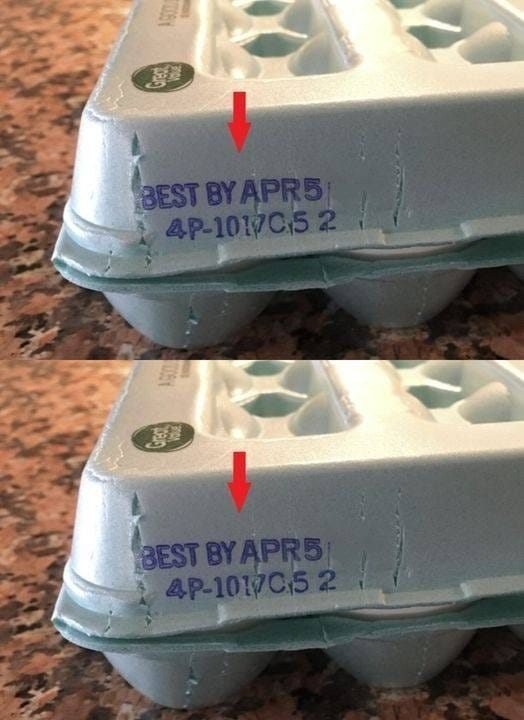You’ve probably also seen labels like “cage-free,” “free-range,” “pasture-raised,” and “organic.” They sound similar, but there are key differences:
- Cage-free means hens aren’t kept in cages, but they may still be indoors in large flocks.
- Free-range suggests outdoor access, though how often and how much can vary.
- Pasture-raised typically means hens spend more time outside in a natural setting.
- Organic eggs come from hens fed organic feed and raised without synthetic pesticides or additives.
Then there are egg grades, like Grade AA or Grade A. These don’t relate to nutrition but instead to appearance—how firm the egg white is, whether the yolk is well-centered, and if the shell is clean and smooth. If you’re making a dish where presentation matters, like poached eggs or delicate bakes, those grades can help you choose the best option.
Learning what these terms mean helps you choose eggs that align with your preferences—whether you’re focused on taste, animal welfare, sustainability, or simply getting the freshest product.
Now, picking up a carton of eggs isn’t just a routine task for me. It’s a small moment of awareness. I pause to read the label, check the Julian date, and think about where those eggs came from. Somehow, knowing more about the journey behind each one makes cracking it open even more satisfying.

